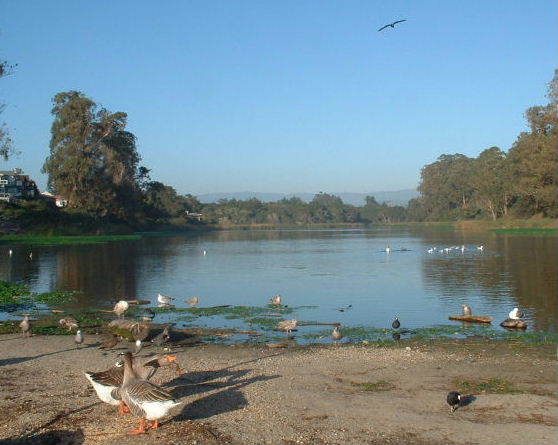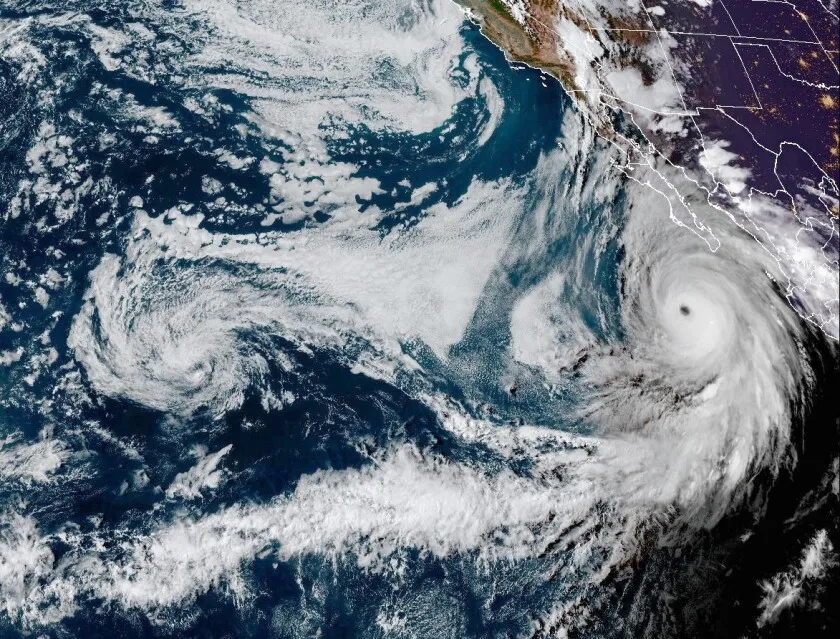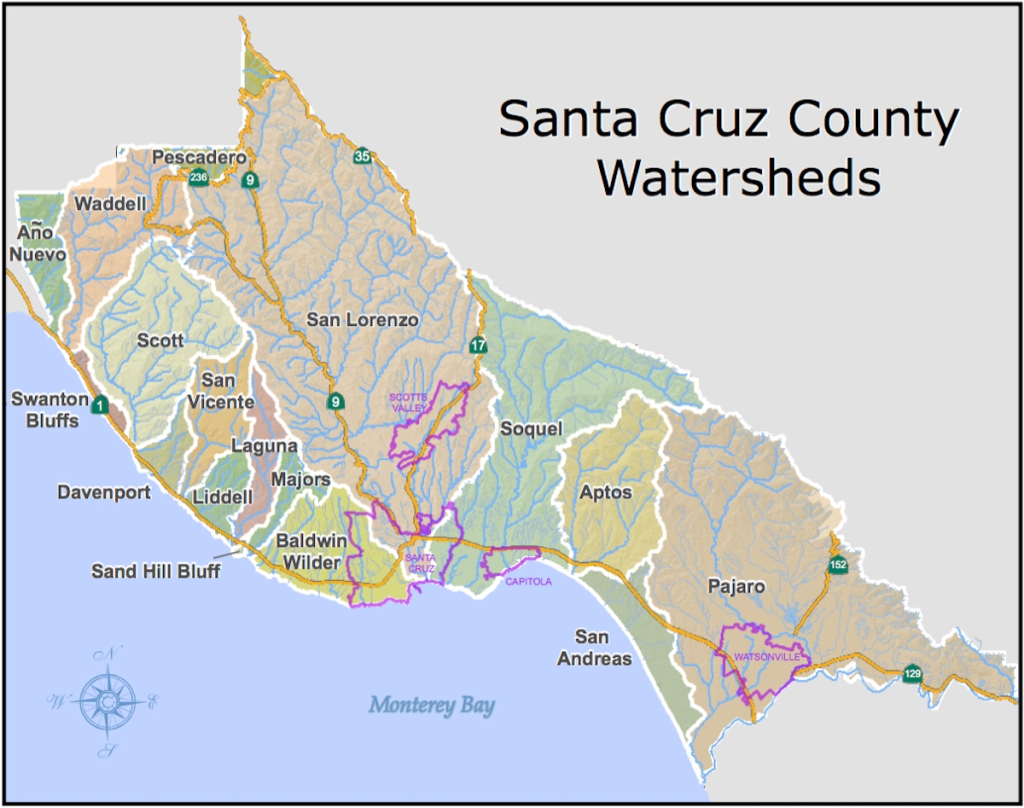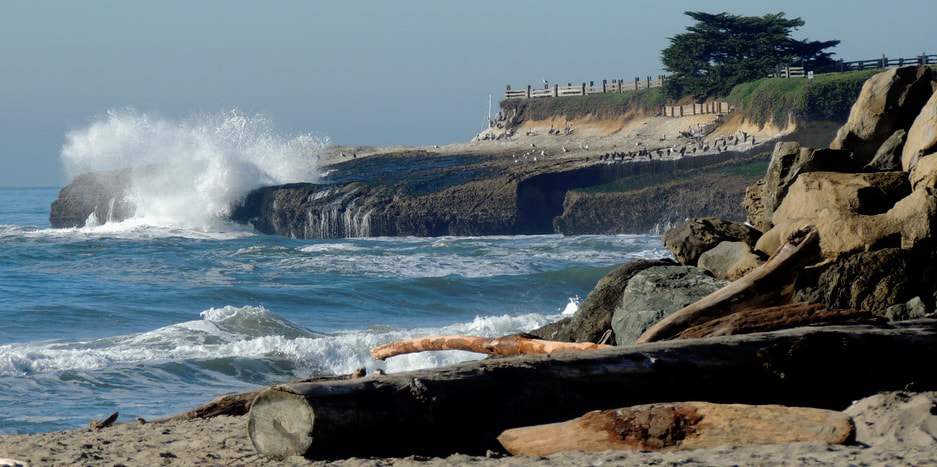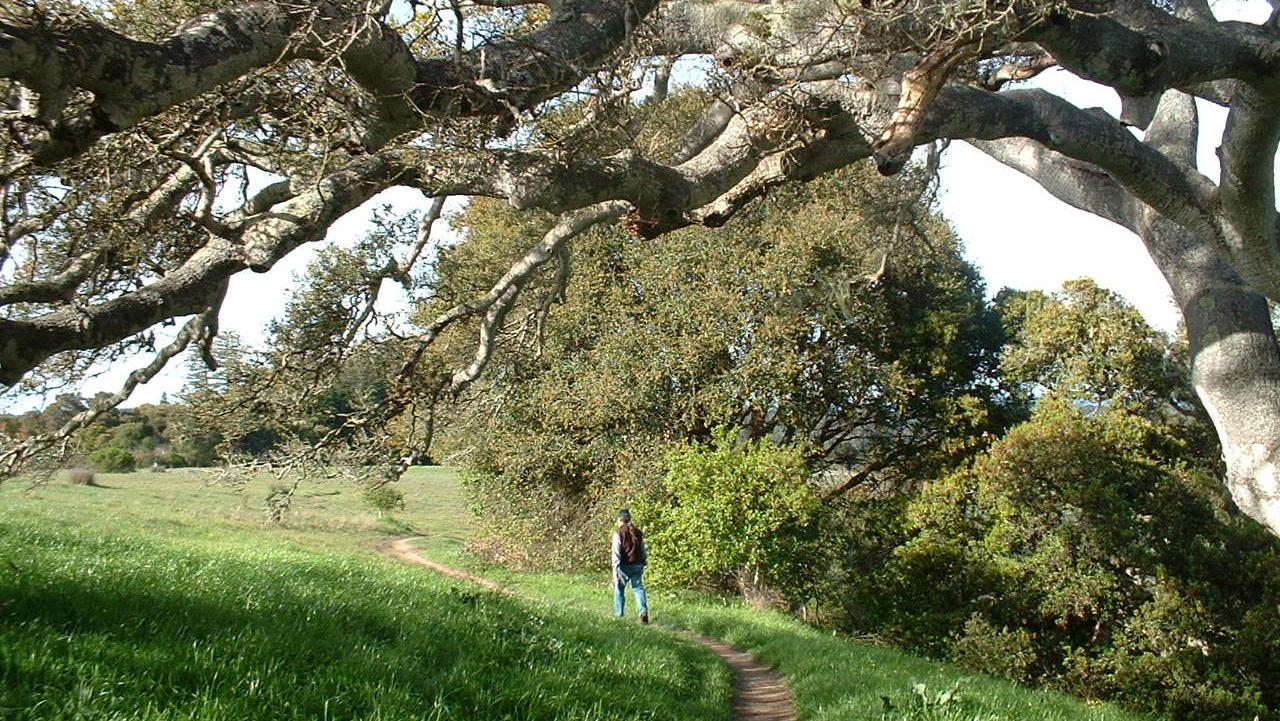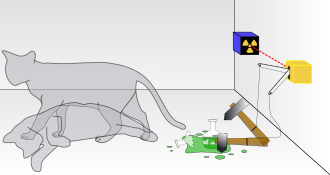Environmental protection and restoration
Santa Cruz County is the smallest county in California, with a population of some 270,000 residents living in a county of 670 square miles, 162 square miles of which is water. It contains four incorporated cities, Santa Cruz, Capitola, Scotts Valley and Watsonsville, surrounded by the unincorporated Santa Cruz County.
Local government consists of the County Board of Supervisors, four City Councils and a myriad of commissions, committees and advisory body, plus unelected staff in the various county and municipal governments.
- The County of Santa Cruz has 43 formal advisory bodies, listed and described HERE.
- The City of Santa Cruz has 14 formal advisory bodies, listed and described HERE.
- The City of Capitola has 7 formal advisory bodies, listed and described HERE.
- The City of Scotts Valley has 15 formal advisory bodies, listed and described HERE.
- The City of Watsonville has 4 formal advisory bodies, listed and described HERE.
In addition, there are 15 school boards throughout the county (listed HERE), 10 fire protection agencies (listed HERE), 7 water management agencies (listed HERE). That’s 115 official county and municipal advisory and decision-making bodies to keep track of and manage.
Despite this plethora of local bureaucracy, very little of it is focused on the protection and conservation of the natural world.
The County of Santa Cruz ostensibly has two departments associated with environmental protection:
- The County Parks, Open Space & Cultural Services Department “advises the County Board of Supervisors and the Department of Parks, Open Space and Cultural Services on recreational programs, facilities, and parklands within the unincorporated area and outside the boundaries of the four special recreational districts of the County of Santa Cruz.” However, the current Director of the Department has unofficially changed the department name on its website to “Santa Cruz County Parks,” thus ignoring its County Code mandate to manage county designated open space.
- Consequently, the County Parks and Recreation Commission no longer functions to advise the department and Board of Supervisors on the natural world within county designated open space properties. The commission is staffed by the County Parks, Open Space and Cultural Services Director who has restructured the commission to meet only four times a year, thus drastically limiting its ability to respond in a timely matter to Parks, Open Space and Cultural Services problems and concerns.
- The Environmental Health Department is tasked with protecting human health, not the health and well-being of the natural world.
- The Fish and Wildlife Advisory Commission (FWAC) advises the Board of Supervisors on any matters pertaining to fish and wildlife in the county, including natural habitat, wildlife and general environment. Staff support for the commission is by the Environmental Health Department.
The County Commission on the Environment acts as an advisory body to, and resource for, the County Board of Supervisors. The Commission is charged with recommending policies and action programs designed to improve and protect the environment, however the commission acts almost exclusively on climate change impacts to humans. Staff support for the commission is by the County Planning Department.
The County Water Advisory Commission “advises the Board of Supervisors on all matters relating to water policy, to ensure that the production of water and the development of additional water supplies
are consistent with the growth management program and the General Plan of Santa Cruz County, and recommend to the Board of Supervisors any policies necessary to protect the watersheds, groundwater, fish and game, and recreational resources of Santa Cruz County.” The County Public Works Department provides staff support for the Commission.
The City of Santa Cruz has no department tasked with conservation and protection of the natural world.
- The City Parks and Recreation Commission “advises the City Council on all matters concerning public recreation, including playgrounds, music, and entertainment” and is staffed by the City Parks and Recreation Department Director.
The City of Capitola has no department tasked with conservation and protection of the natural world. The City of Capitola Parks, a division of the Public Works Department, is responsible for maintenance of all City owned parks
- The Capitola Commission on the Environment has an “interest in protection and enhancement of the City’s environment and assist the City Council in promoting sustainable development, greenhouse gas reduction measures, green building techniques, protection and enhancement of Soquel Creek, the ocean and Capitola Beach, and associated riparian and special habitat areas.”
The Scotts Valley Parks and Recreation Department provides a variety of public parks, recreation facilities and recreation programming for the community.
- The Scotts Valley Parks and Recreation Commission is generally responsible for advising the City Council regarding policies for the acquisition, development, maintenance and improvement of park facilities, making recommendations as appropriate.
The City of Watsonville Environmental Division of the Public Works Department “was created to protect, enhance, and restore the City’s environmental resources in balance with our community’s needs while meeting all regulatory and statutory requirements by way of a comprehensive management of policies, grants, and community engagement efforts.”
- The Watsonville Parks and Recreation Commission recommends to the Council and the City Manager a parks and recreation program for the inhabitants of the City.
The vast majority of county and municipal “environmental” activity is focused on climate change, Greenhouse gas emissions and climate adaptation. Environmental protection and restoration arises in response to development projects, especially those that require a CEQA Environmental Impact Report (EIR). Unfortunately, for the natural world, CEQA never prevents environmental impacts, it only regulates them. CEQA documents include a Findings of Facts and Statement of Overriding Considerations, which allow the lead agency for a project to present excuses for why the project should continue despite unavoidable and unmitigatable environmental impacts.
Since there is only a narrow single track pathway for environmental protection in county and municipal governments, local natural habitats and resources suffer impacts from government planned and funded growth and development policies and projects. County and city paid staff conceive of and plan development projects behind closed doors, revealing them to the public only when absolutely required, limiting the public to reacting to preordained project plans. Commissions and advisory bodies often meet semi-monthly or quarterly, making it impossible for the public to weigh in on proposed government activities in a timely manner.
Ironically, the County and municipalities have numerous ordinances, plans and policies for protection of the natural world, but no meaningful process for effective enforcement.
Coming up next on We live in the Natural World: Environmental plans and policies in county and municipal General Plans and Strategic Plans.
Meanwhile, you can keep track of local government activities and opportunities for public participation on Santa Cruz Online, my weekly compendium of county government and other organization meetings for the coming week.

